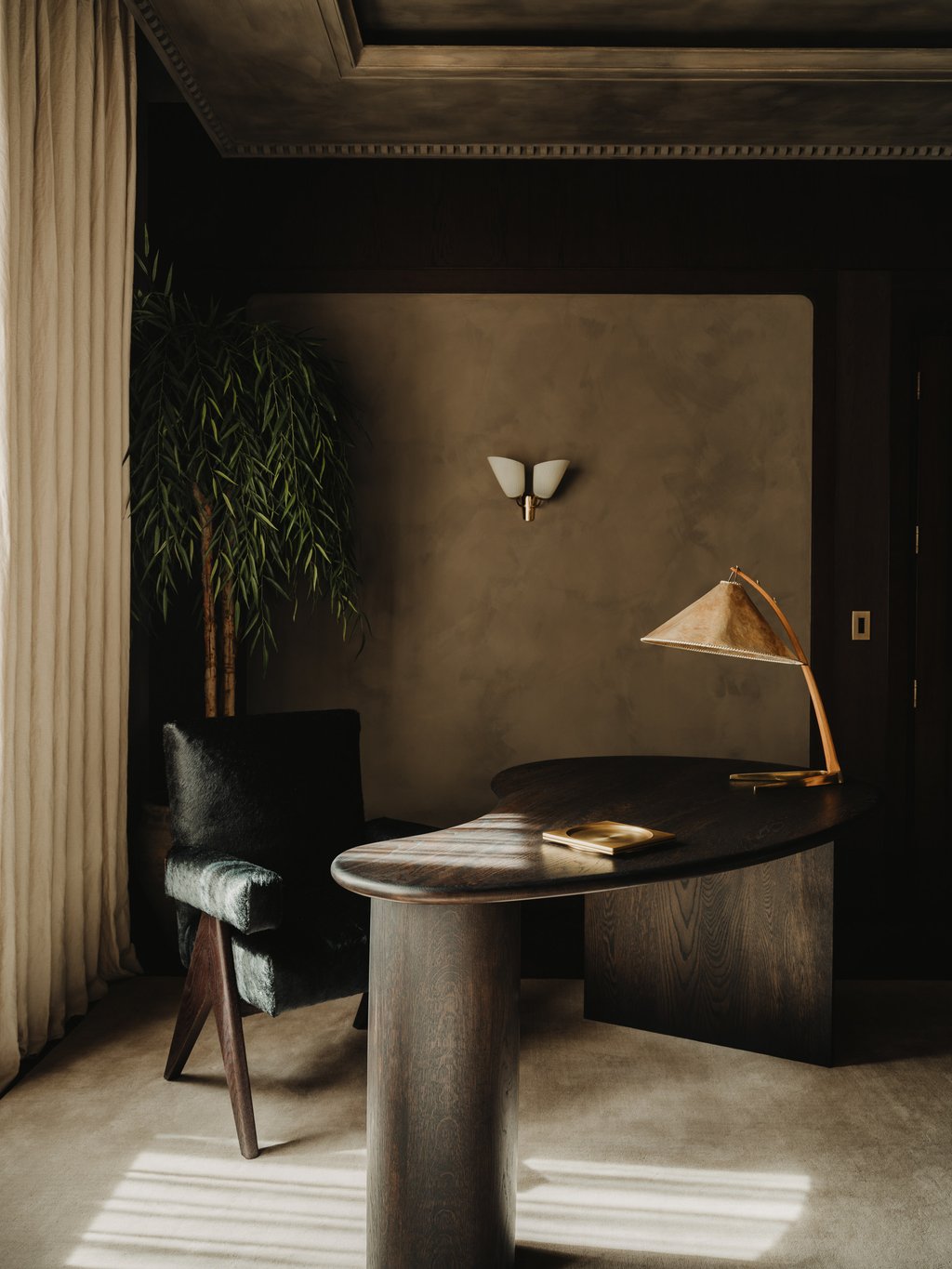First and foremost, however, the luxury property developer will have you know he’s also a child of divorce, speaking with unexpected candour about how the experience has shaped his life trajectory and informed his design philosophy.

Edoardo Mapelli Mozzi’s design studio Banda boasts a number of high-end, high-profile projects. Photo: Handout
“Having lived in multiple homes with divorced parents and seeing how much design affects family life, the built environment, especially at home, was so important to me,” he tells me matter-of-factly over a video call from London on a sunny Monday morning. Above all, Mozzi is a figure who understands the nuances of family life better than many. Now 41, with several notable property projects under his belt and prestigious clients to match, he’s a full-time family man himself, a far cry from the fresh-faced 23-year-old university graduate who started his business with little credentials beyond bold, brash ideas and a sense of urgency to do things differently.
“I guess there was a lot of naivete in me at the time, with a huge amount of energy,” the entrepreneur muses. “I came to London looking for exciting opportunities and, looking at what other developers were doing, felt there was a lot of generic luxury. Everything looked the same architecturally, interior-wise. Everything felt very uncomfortable – you’d walk into very expensive houses, people telling you, ‘take your shoes off’. You didn’t feel comfortable sitting down.”

Banda’s newest project is 5 Whistler Square, in the heart of London’s Belgravia district. Photo: Handout
Banda’s answer to generic luxury has been anything but, blending past, present and future together in what Mozzi calls a completely bespoke manner. The developer’s latest project, 5 Whistler Square – housed in the Chelsea Barracks neighbourhood, in the heart of London’s famously lavish Belgravia district – is steeped in this ethos of luxury with character, every corner exuding a sense of familiarity for those who strive to fill their inner worlds with the same amount of love and care.
“Good design today is different from what good design [will be] in the future, so you need to be authentic to the location,” he says. Mozzi has spoken liberally in interviews about his desire to create spaces that feel lived in not just right at the start, but that seem even more homely with time. He describes working with the world’s finest ateliers to include new pieces that bring energy into any given space, building maybe “30, 40 per cent of the furniture, interiors designed specifically for that project”, before introducing vintage furnishings with their own exciting existing personalities into the mix.

Edoardo Mapelli Mozzi says living spaces need to feel more homely with time. Photo: Handout
Orchestrating these voices of varying origins to sing harmoniously together is no simple task, but there’s an ease and effortlessness to Banda homes that make you feel as though you might’ve curated them yourself. A 1950s chandelier by Barovier, the famed Murano glassware maker, takes pride of place in 5 Whistler Square’s otherwise airy and modern principal bedroom, anchoring the space as an elegant centrepiece that appears frozen in time. Its quirkier counterpart, a custom velvet banana sofa by luxury homeware brand de Le Cuona – which, in its art deco style, evokes another era but otherwise feels made for the moment – adds that tangible warmth that makes the space come alive.
“One of the things … that made me feel uncomfortable was that [in] a lot of these homes where everything was new, day one [move-in day] was the best day,” says Mozzi. “To do a little bit of vintage – maybe 10 per cent, maybe it’s 20 – allows the new to breathe, to age gracefully.”
